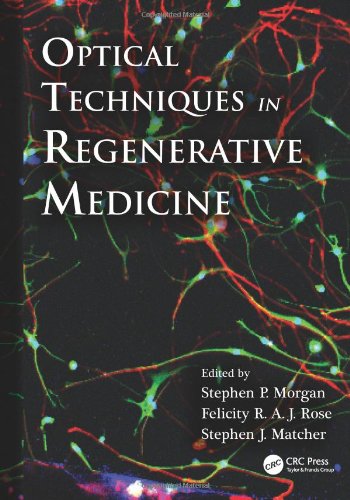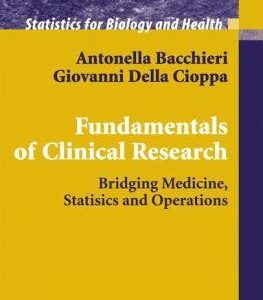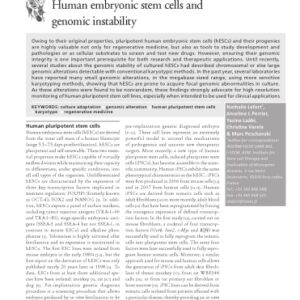In regenerative medicine, tissue engineers largely rely on destructive and time-consuming techniques that do not allow in situ and spatial monitoring of tissue growth. Furthermore, once the therapy is implanted in the patient, clinicians are often unable to monitor what is happening in the body. To tackle these barriers, optical techniques have been developed to image and characterize many tissue properties, fabricate tissue engineering scaffolds, and characterize the properties of the scaffolds.
Optical Techniques in Regenerative Medicine illustrates how to use optical imaging techniques and instrumentation for the fabrication, assessment, and longitudinal monitoring of regenerative medicine therapies. The book covers optical coherence tomography, acousto-optic imaging, Raman spectroscopy, machine vision, bioluminescence, second harmonic generation microscopy, multi-photon microscopy, coherent anti-Stokes Raman scattering, fluorescence spectroscopy, and light scattering spectroscopy. Each chapter provides an overview of a particular technique, its advantages and limitations in terms of structural and functional information, and examples of applications in regenerative medicine.
The future evolution of regenerative medicine from academic research to viable clinical alternatives to conventional treatments is dependent on the development of non-destructive analytical techniques that can elucidate the stages of tissue development both in vitro and in vivo as well as track the fate of cells following injection. This practical book demonstrates the vital role of optical techniques in the dynamic field of regenerative medicine. It guides regenerative medicine researchers toward finding the most appropriate technique for their applications and helps biophotonics researchers see where their technologies can be applied.






Reviews
There are no reviews yet.